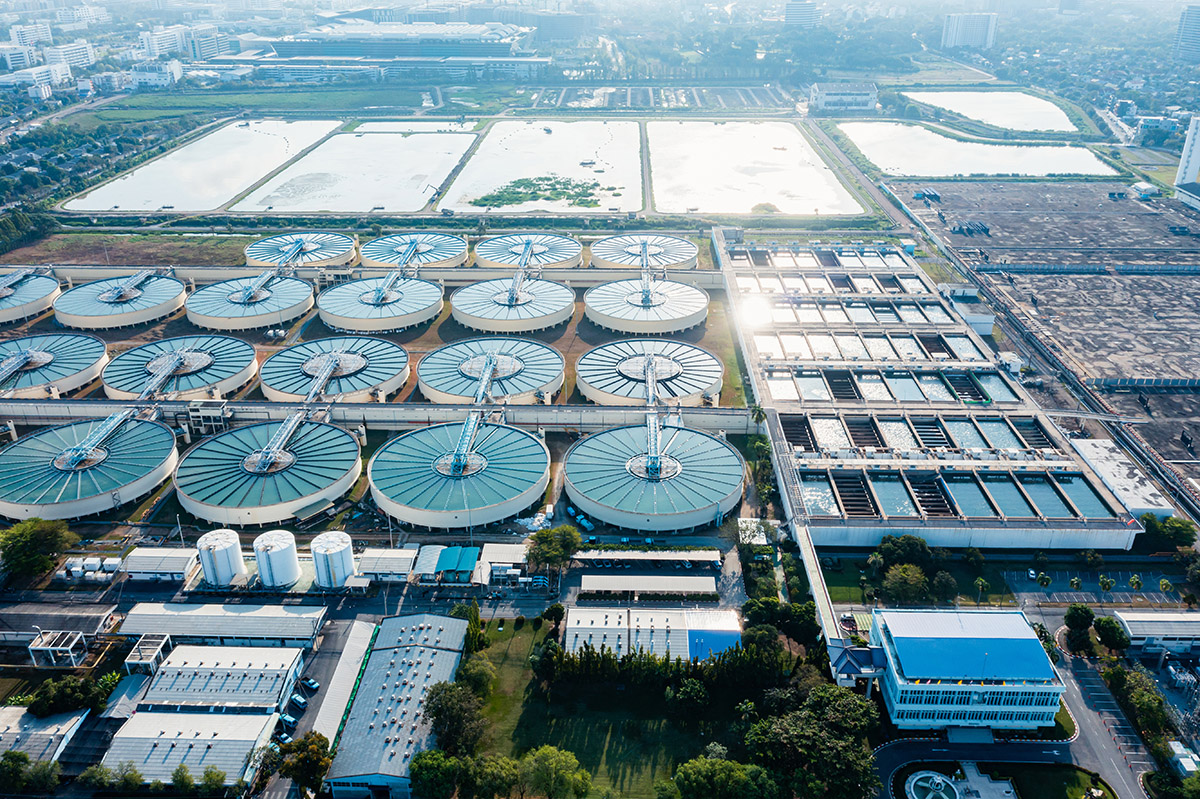Did you know,according to the United States Geological Survey,nearly 270 million people rely on a public water supply annually? This statistic vividly portrays that over 85% of the US population leans on public,city,or municipal water suppliers to deliver pristine water for residential and commercial purposes.
For those tapping into public sources,comprehending the intricacies behind the journey of clean water to your faucet is indispensable.
Water treatment facilities meticulously adhere to water quality standards outlined in the EPA’s Safe Drinking Water Act. However,each facility tailors its methods to meet these standards,adapting to the unique characteristics of its water sources. Consider this: a facility dealing with sediment-rich water employs a distinct process compared to one combating an influx of microorganisms.
Let’s dive into water facilities’ standard treatment processes that ensure safe and clean public water delivery.

Choice of Water Source
The selection of a public water source is a multifaceted decision. It hinges upon factors such as proximity to the populace,volume availability,quality assessment,and the encompassing environmental and geological milieu. Diverse options,including lakes,rivers,springs,and groundwater reservoirs,serve as potential and viable public water supply sources.
Following the discernment of an appropriate water source,the water treatment facility initiates the next phase by channeling the selected water through a designed pipe network system.
Screening Away the Debris
Screening is the initial phase as the water flows into the water treatment facility. This critical step serves as a frontline defense for debris removal. It safeguards the machinery from potential clogging. Dead leaves,branches,and assorted waste materials are meticulously filtered out,ensuring that only particle-laden water proceeds through treatment.
Binding of Particles with Coagulation
Particles in the water are comprised of dirt,oils,and assorted dissolved contaminants. They pose a challenge for mechanical removal due to their composition.
These particles typically bear a negative charge. To address this,water treatment facilities introduce coagulants characterized by a positive charge. These specialized water treatment chemicals effectively intertwine with the particles,creating larger aggregates.
Among the commonly employed coagulant agents are aluminum sulfate,sodium aluminate,ferric chloride,and ferric sulfate,each playing a pivotal role in particle aggregation.
Throughout this process,the water undergoes high-energy mixing to ensure the optimal distribution of the coagulants,maximizing their efficacy in binding with the particles.
Forming of Flocs with Flocculation
Following the initial stage of coagulation,where larger particles emerge,the flocculation process takes center stage. This pivotal phase further enlarges the particles into cohesive clusters known as flocs. Gentle mixing encourages these particles to unite and form larger,aggregated flocs.
Upon the formation of flocs,water treatment facilities introduce polymers,enhancing the aggregation of these flocs and fostering an efficient amalgamation process.
Separate Solids with Sedimentation
During the sedimentation process,water enters designated settling tanks for quiescence. Within this phase,the combined floc masses bind post-flocculation,gaining weight and density.
As a consequence,suspended solids,now denser,gravitate toward the tank’s base,forming a distinct sludge layer. This separation effectively delineates the solid components from the treated water,marking a pivotal stage in the purification process.
Further Removal of Particles with Filtration
Following sedimentation,the water undergoes a critical phase: filtration. This pivotal stage aims to capture residual particles lingering within the water. Employing diverse filter layers composed of materials with varied pore sizes,the filtration process meticulously sieves the water.
Conventional filter media like sand,gravel,and charcoal play integral roles by trapping dirt,sediments,and other debris. Additionally,advanced filtration methods diversify the purification approach. Ultrafiltration screens,equipped with micropores,selectively allow water and minute molecules to pass. Meanwhile,in reverse osmosis,pressure drives water through a semipermeable membrane,effectively treating used water or saline solutions in particle removal.
Disinfection to Kill Microorganisms
The conclusive water treatment phase is disinfection,meticulously designed to eradicate lingering disease-causing bacteria for water safety.
Among the prevalent disinfection methods,chlorination is the most commonly employed technique. Introducing chlorine to the water effectively neutralizes microorganisms,contributing to their elimination. Moreover,residual chlorine is a protective shield,eradicating germs within the pipeline network and assuring sustained water safety from the treatment facility to your residence.
In addition to chemical disinfection,physical methods play a vital role in water treatment. Utilizing ultraviolet light (UV),electronic radiation,gamma rays,and heat disrupts the cellular activity of microorganisms,contributing further to purification.
To learn more,please click the following link Real H2O Solutions
